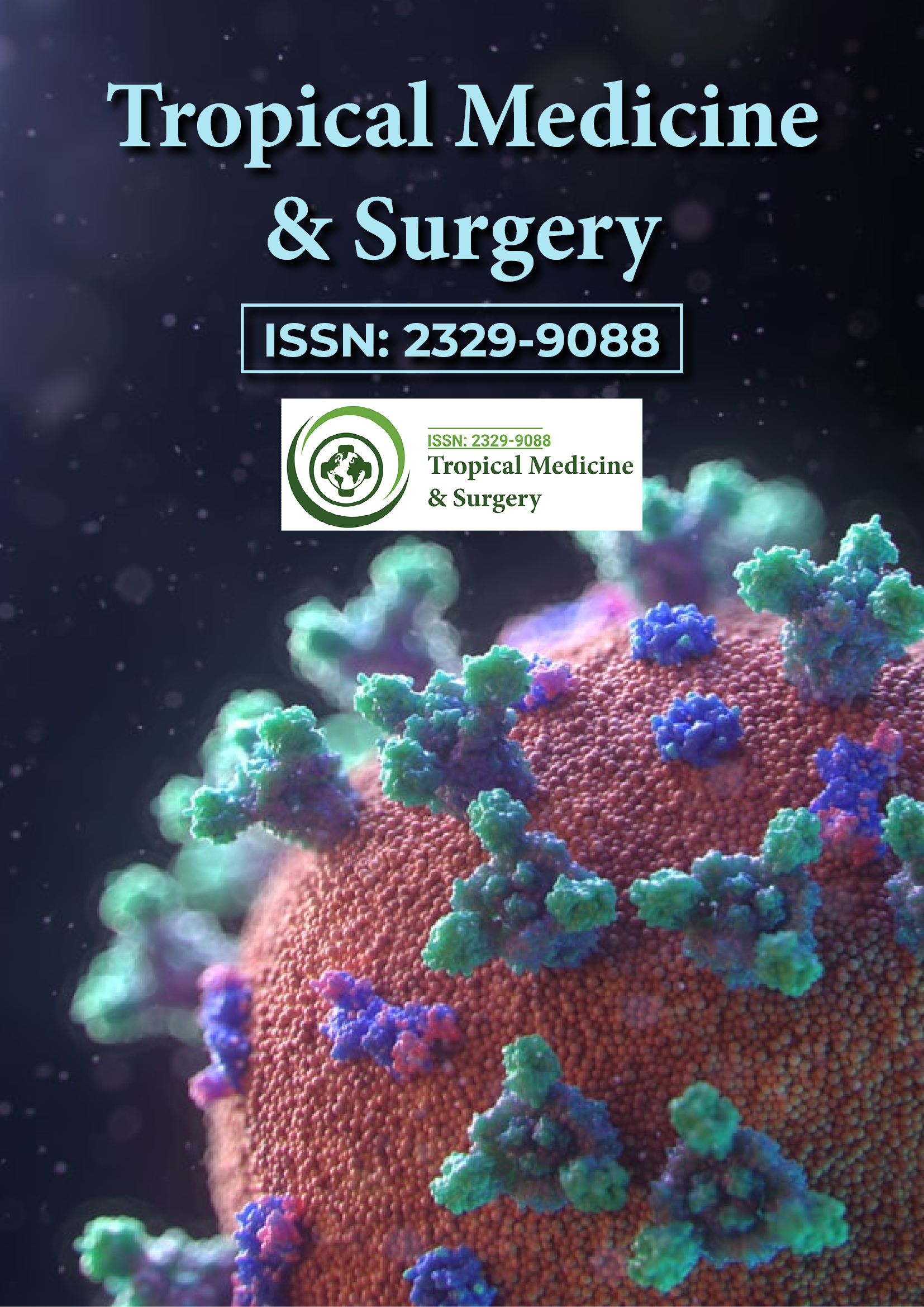Indexed In
- Open J Gate
- Academic Keys
- RefSeek
- Hamdard University
- EBSCO A-Z
- OCLC- WorldCat
- Publons
- Euro Pub
- Google Scholar
Useful Links
Share This Page
Journal Flyer

Open Access Journals
- Agri and Aquaculture
- Biochemistry
- Bioinformatics & Systems Biology
- Business & Management
- Chemistry
- Clinical Sciences
- Engineering
- Food & Nutrition
- General Science
- Genetics & Molecular Biology
- Immunology & Microbiology
- Medical Sciences
- Neuroscience & Psychology
- Nursing & Health Care
- Pharmaceutical Sciences
Commentary - (2025) Volume 13, Issue 1
Dual Infection of HPV and EBV consequences for Oral Health
Kelly Cameron*Received: 25-Feb-2025, Manuscript No. TPMS-25-28540; Editor assigned: 27-Feb-2025, Pre QC No. TPMS-25-28540 (PQ); Reviewed: 13-Mar-2025, QC No. TPMS-25-28540; Revised: 20-Mar-2025, Manuscript No. TPMS-25-28540 (R); Published: 27-Mar-2025, DOI: 10.35248/2329-9088.25.13.379
Description
Human Papillomavirus (HPV) and Epstein - Barr virus (EBV) are two oncogenic viruses associated with various malignancies, particularly in the oropharyngeal region. While each virus independently contributes to the development of epithelial and lymphoid cancers, their co-infection has been suggested to influence viral persistence and pathogenicity. In recent years, research has indicated that HPV may facilitate EBV maintenance and promote its lytic reactivation in immortalized oral keratinocytes. Understanding the interaction between these two viruses is essential for clarifying their role in disease progression and potential therapeutic approaches.
HPV and EBV in oral keratinocytes
HPV primarily infects epithelial cells and is well known for its ability to drive cellular transformation through the expression of viral oncoproteins, such as E6 and E7. These proteins interfere with tumor suppressor pathways, allowing the infected cells to evade apoptosis and sustain proliferation. On the other hand, EBV infects both epithelial cells and B lymphocytes, establishing latency and periodically entering the lytic cycle.
Co-infection with HPV and EBV within oral keratinocytes has raised concerns about their combined influence on disease progression. Studies suggest that HPV infection may alter cellular pathways, making the environment more conducive to EBV persistence and reactivation. This interaction may contribute to an increased risk of oral malignancies, particularly in high-risk populations.
Mechanisms of HPV-Mediated EBV maintenance
HPV infection may support EBV persistence in several ways, primarily through immune evasion, cellular transformation and epigenetic modifications.
Immune evasion: HPV is known for its ability to evade immune detection by downregulating antigen presentation and suppressing immune responses. This reduced immune surveillance may provide an advantage for EBV, allowing it to persist in oral keratinocytes without being effectively eliminated by host defenses.
Disruption of cell cycle control: HPV oncoproteins E6 and E7 target key tumor suppressors such as p53 and Retinoblastoma (Rb), leading to uncontrolled cell proliferation. This disruption creates an environment in which EBV can remain in a latent state without being cleared by apoptosis or immune-mediated mechanisms.
Epigenetic regulation: Epigenetic modifications play a role in viral latency and reactivation. HPV infection has been associated with DNA methylation changes and histone modifications that may indirectly influence EBV latency control. These alterations could contribute to the sustained presence of EBV in infected cells.
HPV and EBV lytic reactivation: The transition of EBV from latency to lytic replication is a key event in viral pathogenesis, contributing to the spread of infection and potential oncogenesis. HPV infection has been implicated in the reactivation of EBV, although the exact mechanisms remain an area of active investigation. Some proposed mechanisms include:
HPV-Induced cellular stress: HPV infection can cause oxidative stress and DNA damage, which are known triggers for EBV lytic activation. The presence of stress-related signals may disrupt EBV latency and promote the expression of lytic genes.
Alterations in cellular signaling pathways: HPV influences several cellular pathways, including NF-κB, MAPK and PI3K/ AKT, which have been associated with EBV reactivation. Dysregulation of these pathways may facilitate the switch from EBV latency to active replication.
Inflammation and cytokine release: Chronic inflammation resulting from HPV infection may contribute to EBV lytic reactivation by altering the cytokine environment. Increased expression of inflammatory mediators such as IL-6 and TNF-α has been reported to enhance EBV lytic gene expression.
Implications for oral carcinogenesis
The interaction between HPV and EBV in oral keratinocytes may have significant implications for carcinogenesis. While each virus independently contributes to malignancies, their coinfection could enhance oncogenic potential through the following mechanisms:
Increased genomic instability: HPV-mediated DNA damage combined with EBV-induced genomic alterations may increase the likelihood of malignant transformation. Trop
Enhanced cell proliferation: The combined effect of HPV oncoproteins and EBV latent genes may lead to sustained cell proliferation and evasion of growth control mechanisms.
Suppression of apoptosis: Both viruses have evolved strategies to inhibit apoptosis, creating an environment conducive to tumor progression.
Citation: Cameron K (2025). Dual Infection of HPV and EBV Consequences for Oral Health. Trop Med Surg. 13:379.
Copyright: © 2025 Cameron K. This is an open-access article distributed under the terms of the Creative Commons Attribution License, which permits unrestricted use, distribution, and reproduction in any medium, provided the original author and source are credited.
